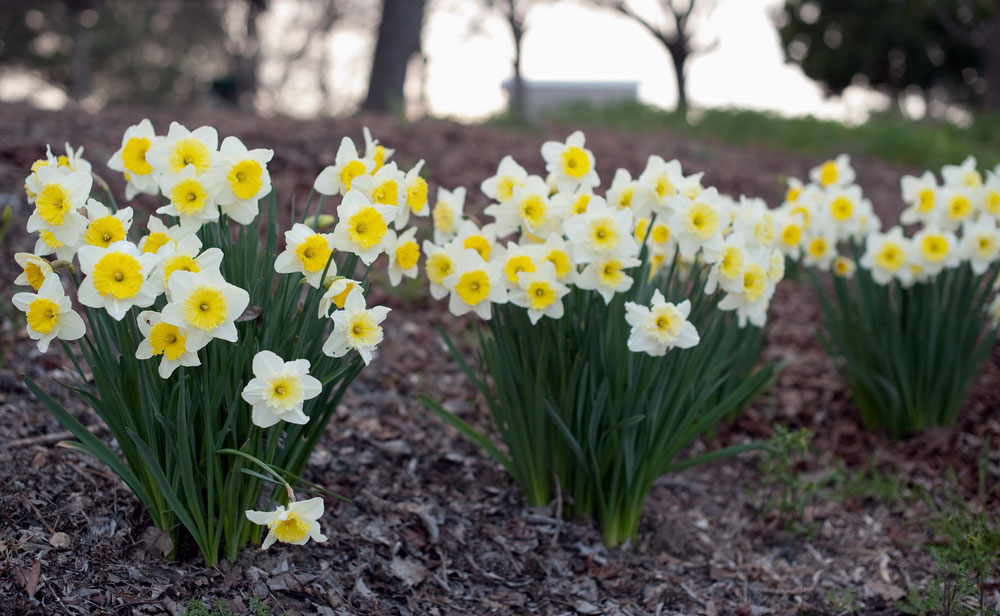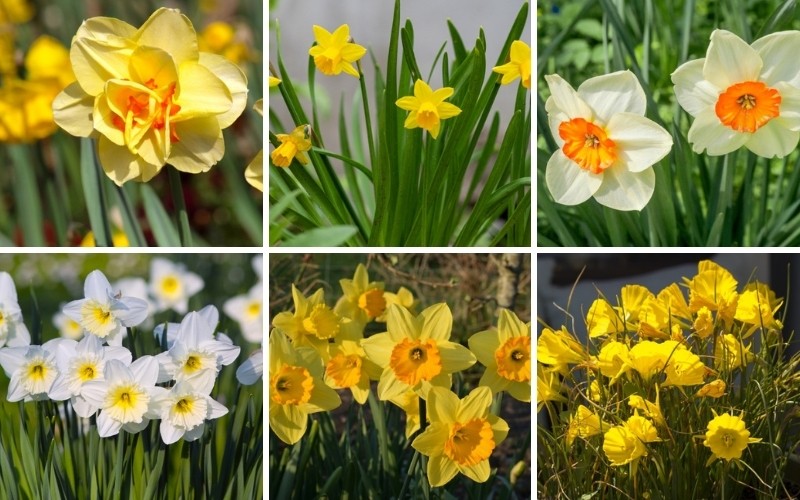
Planting daffodils in your garden can be extremely rewarding, but did you know that there are hundreds of daffodils species that can be divided into 13 specific classifications. These plants typically bloom in the spring of the year, and they do not require a lot of care to thrive. They can be seen growing in zones three to nine, and each type has a unique characteristic that makes it stand out from the others.
If you grow daffodils, remember that the plant has bulbs that contain lycorine, which makes them mildly toxic. However, they can still be grown easily, even when you have pets and small children in your home.
Let’s take a look at the different types of daffodils.
Trumpet Daffodils
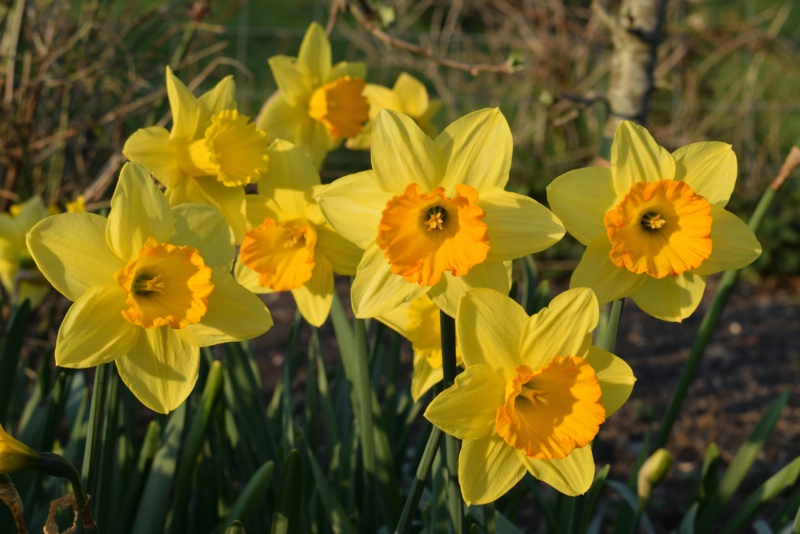
This variety has a large bloom with a single trumpet in the center and six large petals circling the outside. In most cases, the flower petals are as long as the trumpet itself. This traditional daffodil will most likely have a yellow or white flower, but there are more color variations available to consider. They grow well in sun or shade, and they need moderate water and moist soil.
Large-Cupped Daffodils
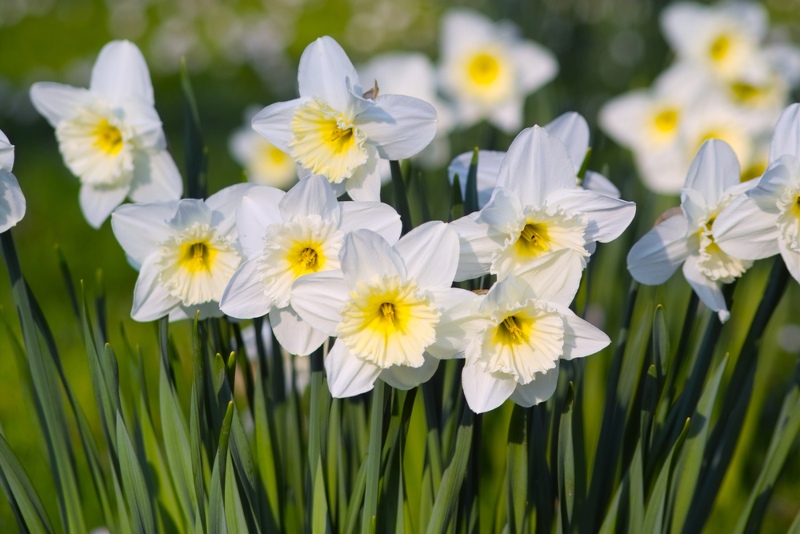
These are daffodils with the same one-stemmed structure, but the petals on each flower are only about 1/3 of the trumpet’s size. These flowers come in a wide range of colors, which include pink, white, yellow, peach, and red. These very symmetrical flowers prefer to grow in full sun with moderate water and well-drained soil.
Small-Cupped Daffodils
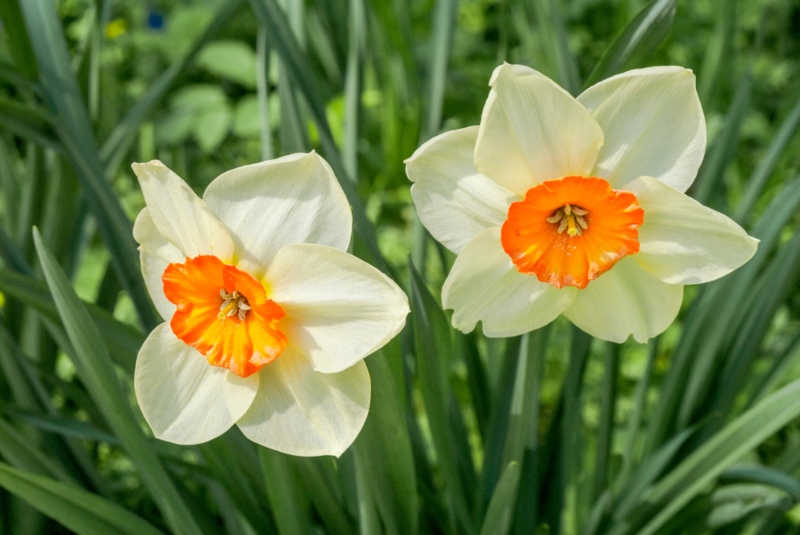
This smaller version of the traditional daffodil has a small corona or trumpet, which is less than 1/3 of the length of the other petals. This variety tends to bloom midseason, and the flowers are a pasty white or yellow in color. These can grow in indirect sunlight with average water and well-draining soil, so they are often grown indoors so that they don’t get lost in a garden.
Double Daffodils
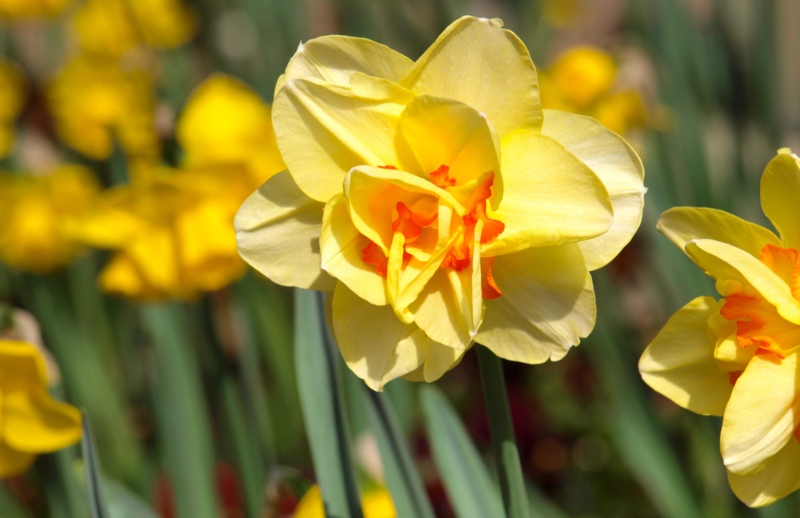
The double daffodil has a more exquisite style than the previous types that we have looked at because there are twice as many petals. There is still a small trumpet in the middle, but there are two rows of petals, which helps fill out the flower more and gives it a look that resembles a carnation. These blooms can be pink, peach, white, yellow, or red and can be seen from mid to late spring. They do best in partial to full sun with well-drained soil.
Angels Tears Daffodils
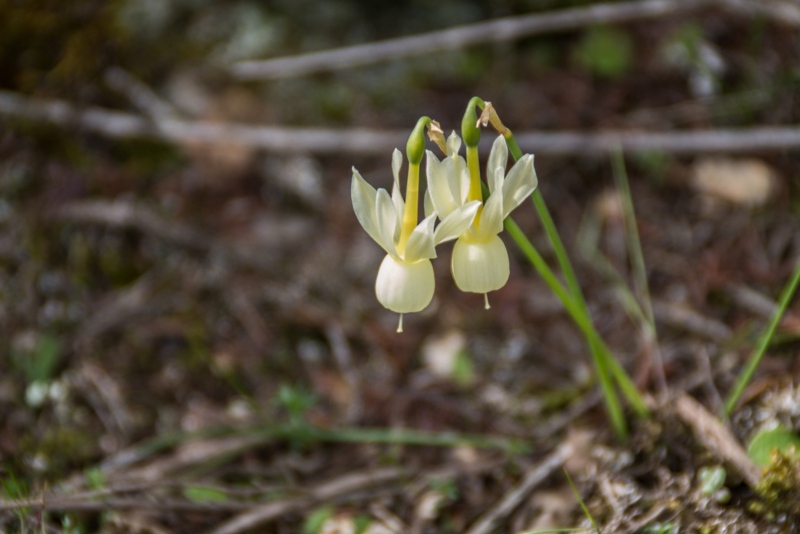
Also known as triandus daffodils, this is the first type that we are going to explore that produces more than one flower per stem. Most have three to five on each stem. Instead of the petals hugging the trumpet, they tend to flair back away from the center of the flower. They have a strong scent that is very noticeable, and the blooms are typically white or yellow. They can grow in the sun or the shade as well as in most types of well-draining soil.
Miniature Daffodils
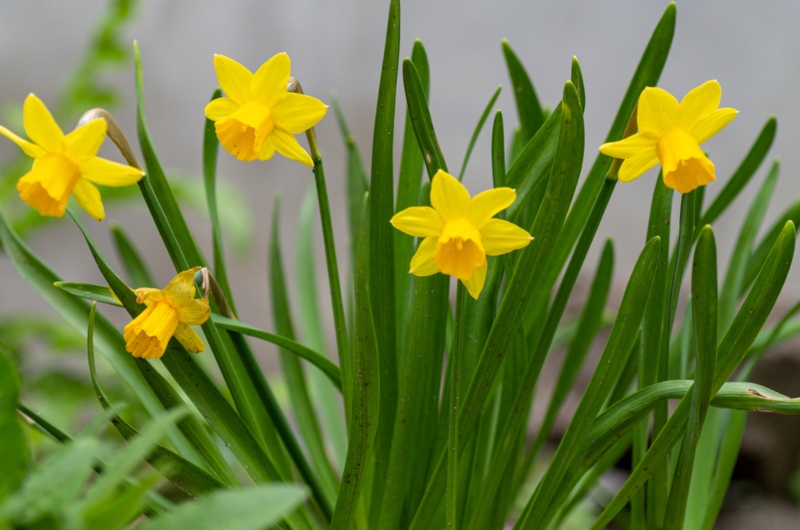
This is a smaller daffodil that resembles the traditional one stem flower, but it is a much smaller variety that is typically between 10 and 12 inches in height when it reaches maturity. The petals also tend to flex backward from the trumpet as it grows, mainly because the corona on this flower faces the ground as it grows. This hybrid daffodil tends to be more shade tolerant, which makes it a great option for small rock gardens and areas that are shaded by larger trees or bushes. It also needs moderate water and well-drain soil to grow.
Jonquilla Daffodils
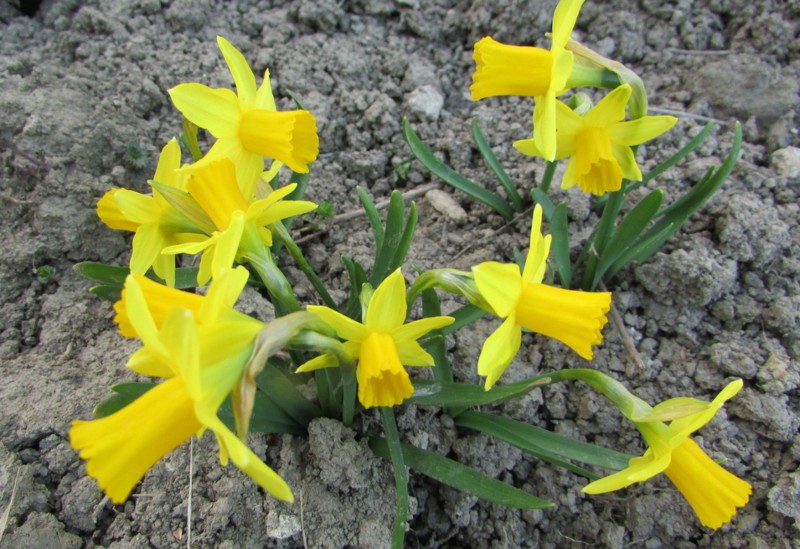
This variety of daffodil often has three to five blooms on each stem. It has a trumpet that is about ½ of the length of the surrounding petals, and the flowers have a very strong fragrance. The jonquilla prefers to grow in areas with full sun and a bit of humidity. It does not need a lot of water to grow, but it will do best with soil that drains well.
Tazetta Daffodils
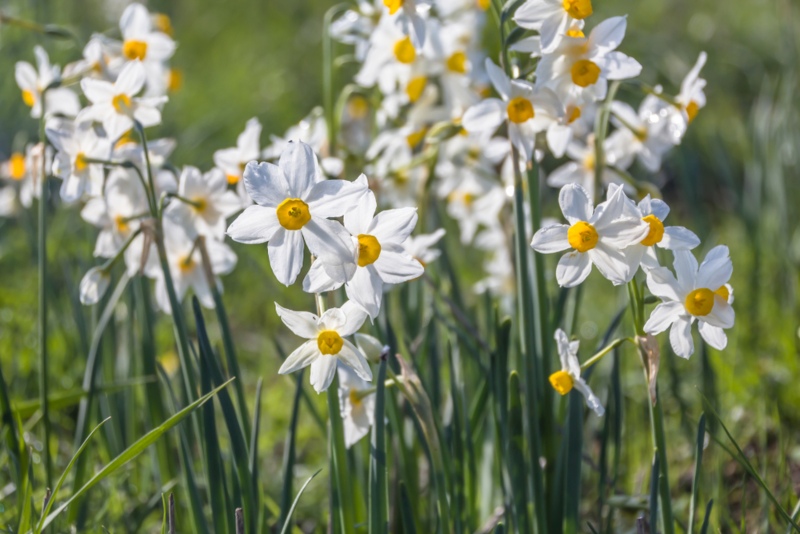
Have you ever seen a plant with a lot of blooms on a single stem and thought that they look a lot like daffodils? Well, most likely, you were looking at tazetta daffodils. Each stem on these plants creates three to 20 flowers in the spring. They have small cups and petals, and each flower has a sweet, noticeable scent. The plant is not winter hardy in zones above zone five, but it will do well in more of a southern climate. With average water, sun, and soil, these plants can grow between 10 and 18 inches in height when fully mature.
Poeticus Daffodils
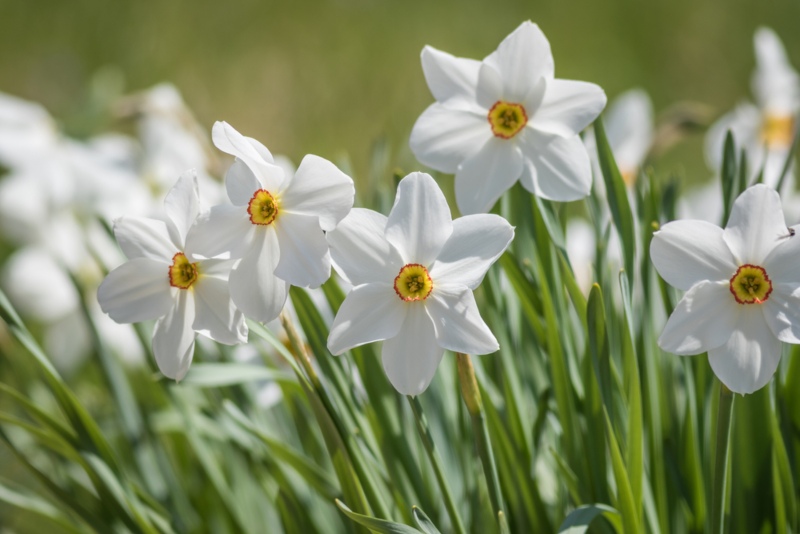
This type of daffodil has a flower with a very small trumpet and long petals on each stem. The petals are white, and the trumpet is a golden color that makes it really stand out in a garden. It also has a very delightful fragrance that will make it a great addition to any garden. I find that the scent of these flowers reminds me of the scent that you would get with a hyacinth. They can grow in the sun or the shade, and damp soil is preferred f you want the plant to thrive. With the right care, these plants will multiply quickly.
Golden Bell Daffodils
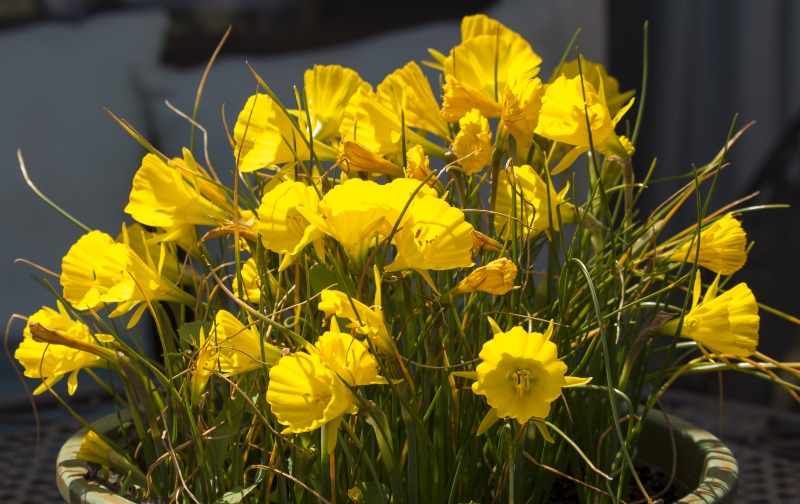
Also known as bulbocodium daffodils, these plants produce a single flower on each stem. These flowers are yellow, and they are shaped like a bell. The petals of the flower are actually very short when compared to the trumpet, and the stem of the plant looks very much like chives. These plants prefer to grow in the sun in an area where the soil is slightly acidic.
Split Corona Daffodils
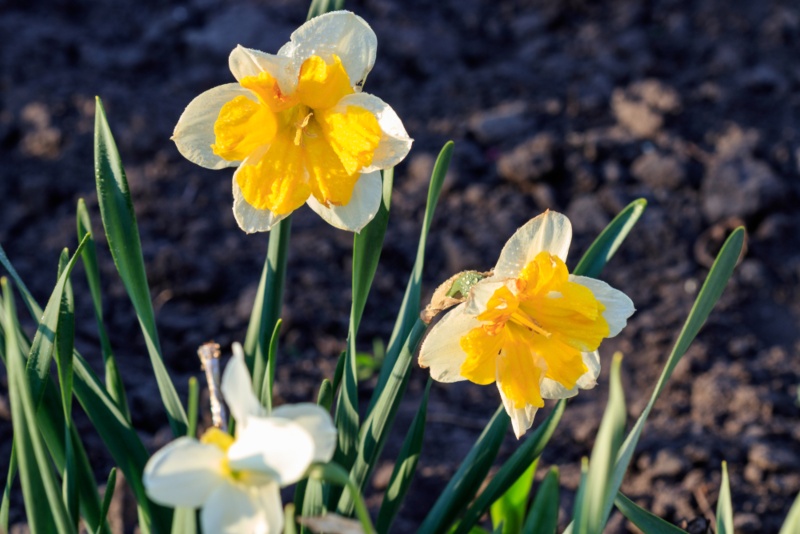
The main characteristic of this plant that makes it stand out from the other daffodils is the fact that the trumpet of the flower is split or divided into several sections. The plant still produces one flower per stem, but you will be able to see several rings of pedal layered to create a delightful bloom. Some variations have ruffled edges, which give the pedals an interlocking look that is attention-grabbing, to say the least. Traditionally, these plants are simple to care for, and with full sun and well-drained soil, they can grow to be anywhere from 12 to 25 inches in height.
If a daffodil does not fit into one of these categories, it will be considered a miscellaneous daffodil. There are also wild daffodils that can be found growing in the wild.





